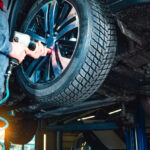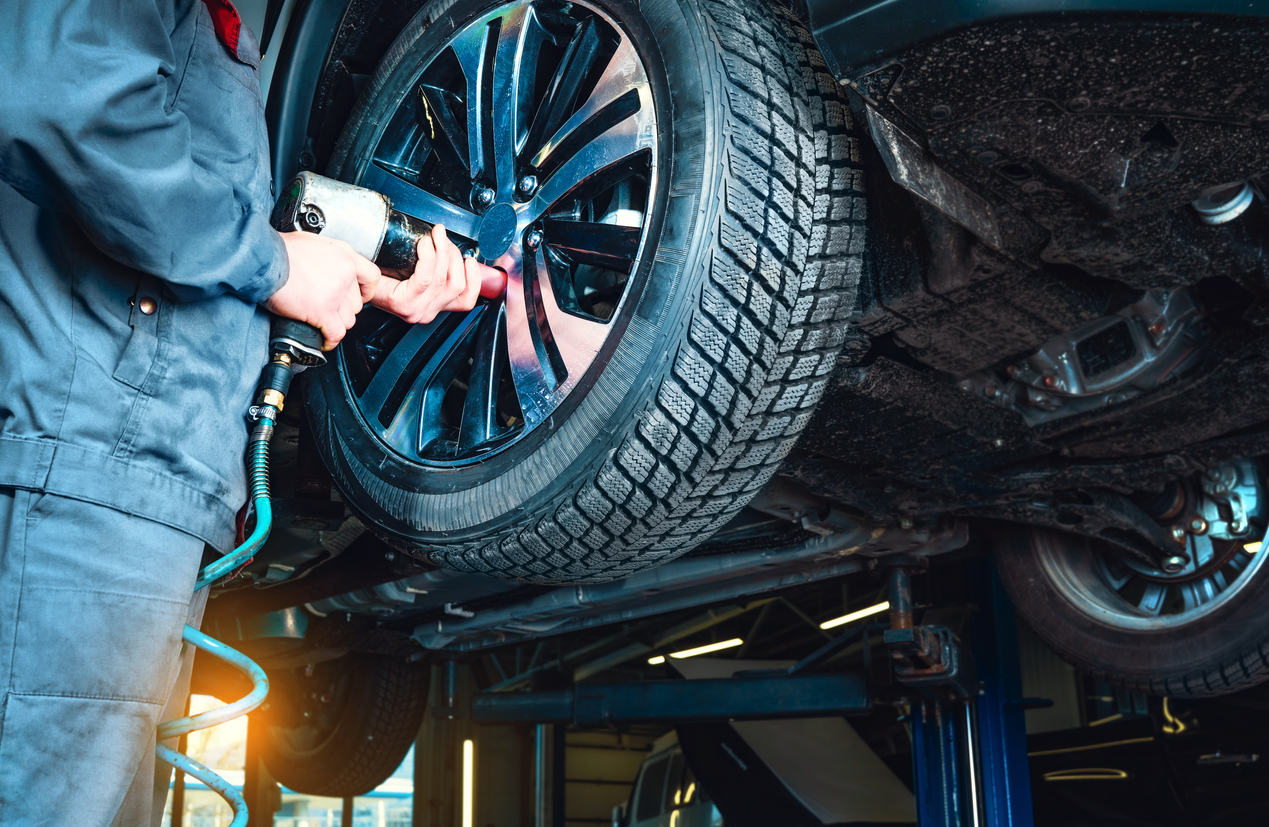Fixing a simple flat tire is not the same as it used to be. For many cars, flats are not even fixable anymore, and for others, you can’t simply replace just one tire. This is especially true for today’s four-wheel drive and all-wheel drive vehicles that are equipped with differentials or couplings that allow momentary differences in wheel speeds to give better traction. However, if the differentials or couplings are forced to operate 100% of the time because of mismatched tires, they will experience excessive heat until they fail.
The days of patching a tire and being on your way are long gone. This is why a simple flat can cost you up to $2,000. I personally experienced this unfortunate situation, and it can happen to anyone. Luckily, I have come up with some hacks that can help minimize the future cost of flats and provide a work-around for those finicky drivetrains.
In my case, I encountered a $2,000 flat on my new car that came with run-flat tires. I assumed that these tires would allow me to “run flat,” as the name implies. However, I soon discovered that this was not the case. Run-flat tires can only be driven for 50 miles once they lose air, and you have to limit your speed to 50mph. Additionally, most tire manufacturers do not recommend repairing run-flat tires. No patches or plugs are allowed!
Essentially, a run-flat tire only allows you to drive to a tire shop. But here’s the catch – once you’re at the tire shop, you can’t simply replace just one tire. If there is more than 6,000 miles on the tire, most manufacturers recommend replacing all four tires! I experienced this firsthand, and it was a costly lesson to learn. One flat tire can end up costing you $2,000.
After my expensive experience, I decided to do some research and came up with a few hacks to avoid being caught in the tire-merry-go-round. Here’s what I found:
Hack One: Even though manufacturers do not recommend patching run-flat tires, it is not against the law. You may be able to find a shop willing to do it, but proceed with caution. Some experts warn that it could be dangerous, and you may even have to sign a liability waiver to get it done.
Hack Two: Avoid getting run-flat tires in the first place. If your new car comes with them, ask the dealer to switch them out for regular tires. Regular tires are not only cheaper but also tend to last longer. Once you have regular tires, you can almost always get them repaired.
Hack Three: What if your tire is heavily damaged or damaged in a place that cannot be repaired? Do you have to buy all four tires to appease your drivetrain? Not necessarily. Many tire shops offer a service where they can shave the new tire to match the tread depth of the other tires. One chain of shops that provides this service is Tire Rack.











